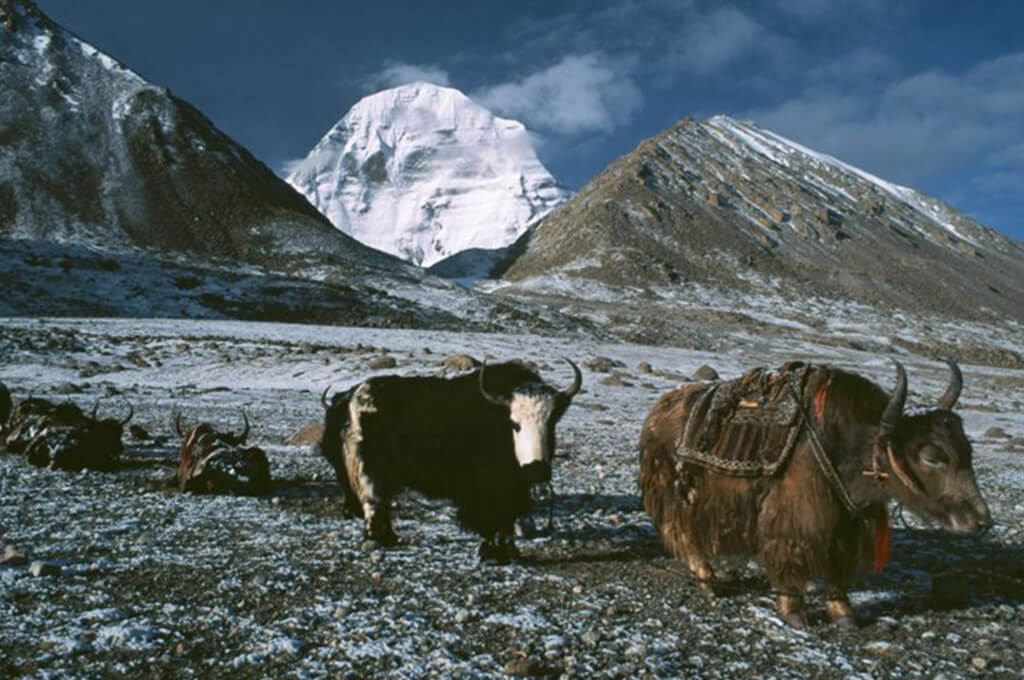Tibet is one of the most popular choices in South East Asia for vacationing, more so because of the diversity that is found in the species of animals. Though rich in biodiversity, many of these animals are facing extinction in recent times due to a rise in excessive hunting and illegal poaching, which has prompted the Tibetan government to take strict rules recently. From asses to bears, from deer to wild yaks, it is a sight to behold when you go to explore the animals in Tibet. With more than around 500 species of birds, 160 species of mammals, 50 reptilian species, 60 species of saltwater and freshwater fish and 45 different types of amphibians, Tibet indeed poses as a picture-perfect place for tourists.
Tibetan Antelopes
Commonly known as Chiru, the Tibetan Antelopes are native to Qinghai Province and Northern Tibet and are facing the threat of extinction now. Due to excessive hunting of these animals for their soft warm wool, there are less than one lakh antelopes surviving on the plateaus. You will find most of these three feet tall creatures in Northern Tibet’s Changtang Nature Reserve in Nagqu Prefecture.
Tibetan Blue Bear
A subspecies of the brown bear, the locals refer to it as Dom Gyamuk. The Tibetan Blue Bear is noted for its exquisite fun and is one of the rarest species. Though there are no official numbers of how many still remain in Tibet, you might have the luck to get a glimpse of it during the time when there is a scarcity of natural food supply. Legends have it that this bear had been linked to the famous ‘Yeti’ at times.
Kiang
Kiangs are found in abundance in Tibet since it is a native animal. Considered as the largest among all wild asses, they roam in large herds all across the prairies and the plains of the region. The unique feature of this Tibetan ass is its much larger head along with a convex nose, a blunt muzzle and a five-inch upright mane. This wild ass is a stunning example of what animals in Tibet have in store for you.

Black-necked crane
A medium-sized crane that breeds in the Tibetan Plateau, the black-necked crane comes with a black head, whitish-gray, black upper necks, black legs, red crown patch and a white patch to the back of the eye. The only difference between the genders is that the males are slightly larger in size than the females. The animal is respected by the Buddhists, who protect it across Tibet. They are usually bred in the river valleys, lakeside and wheat & barley fields.
Wild Yak or Drong
Native to the Himalayas, the wild yak, also called drongs, is the biggest wild bovid in the region. They have sturdy legs, a bulky frame and rounded cloven hooves. Both the male and the female wild yak come with a woolly undercoat over the chest for heat against the cold. The wild yaks having golden hair are known as Wild Golden Yak. Primarily found in the northern part of Tibet, small populations are also seen in western Tibet. The wild yak is under threat from various sources like commercial poaching, interbreeding with livestock herds.
If you want to explore the extraordinary wildlife in Tibet, get in touch with us.
